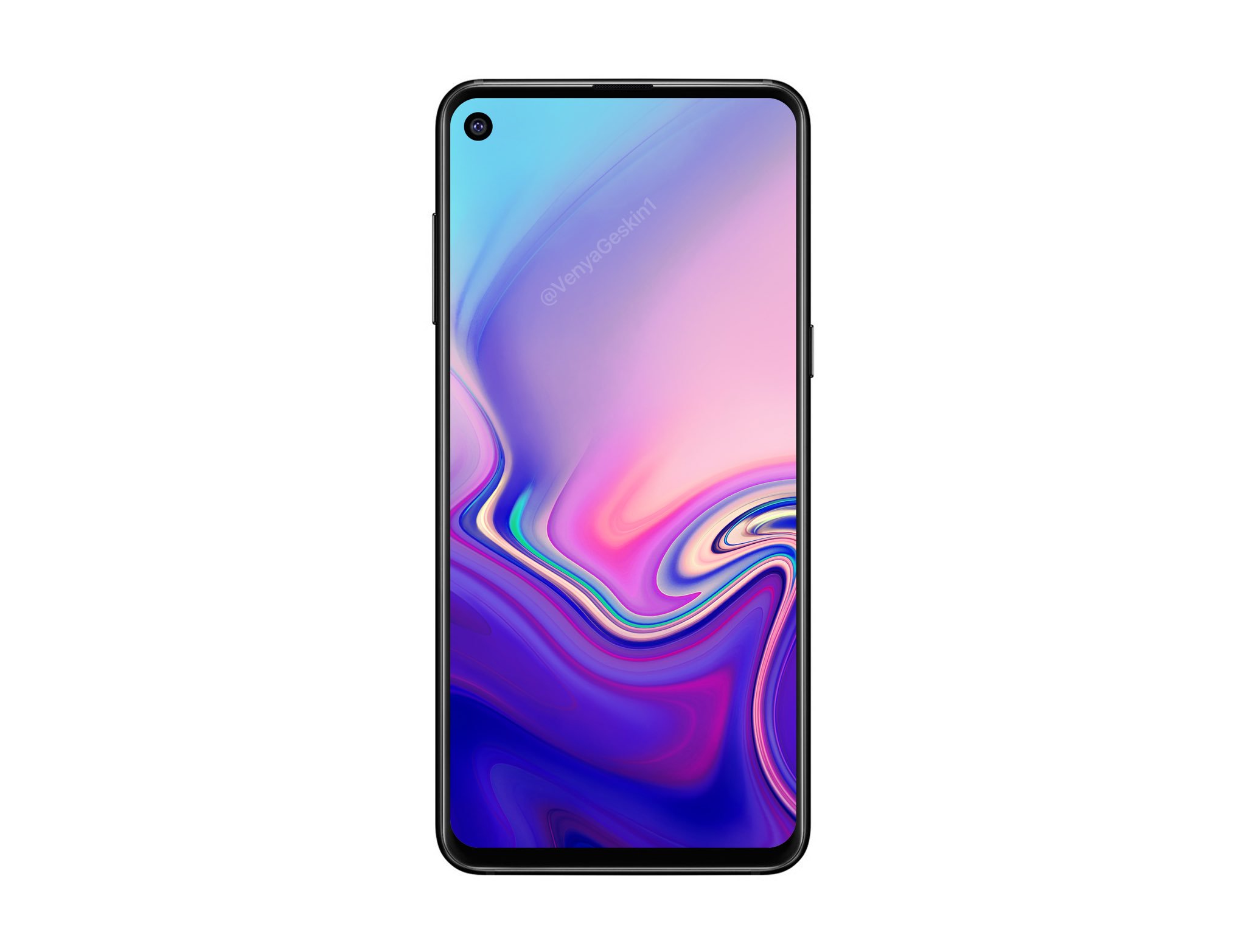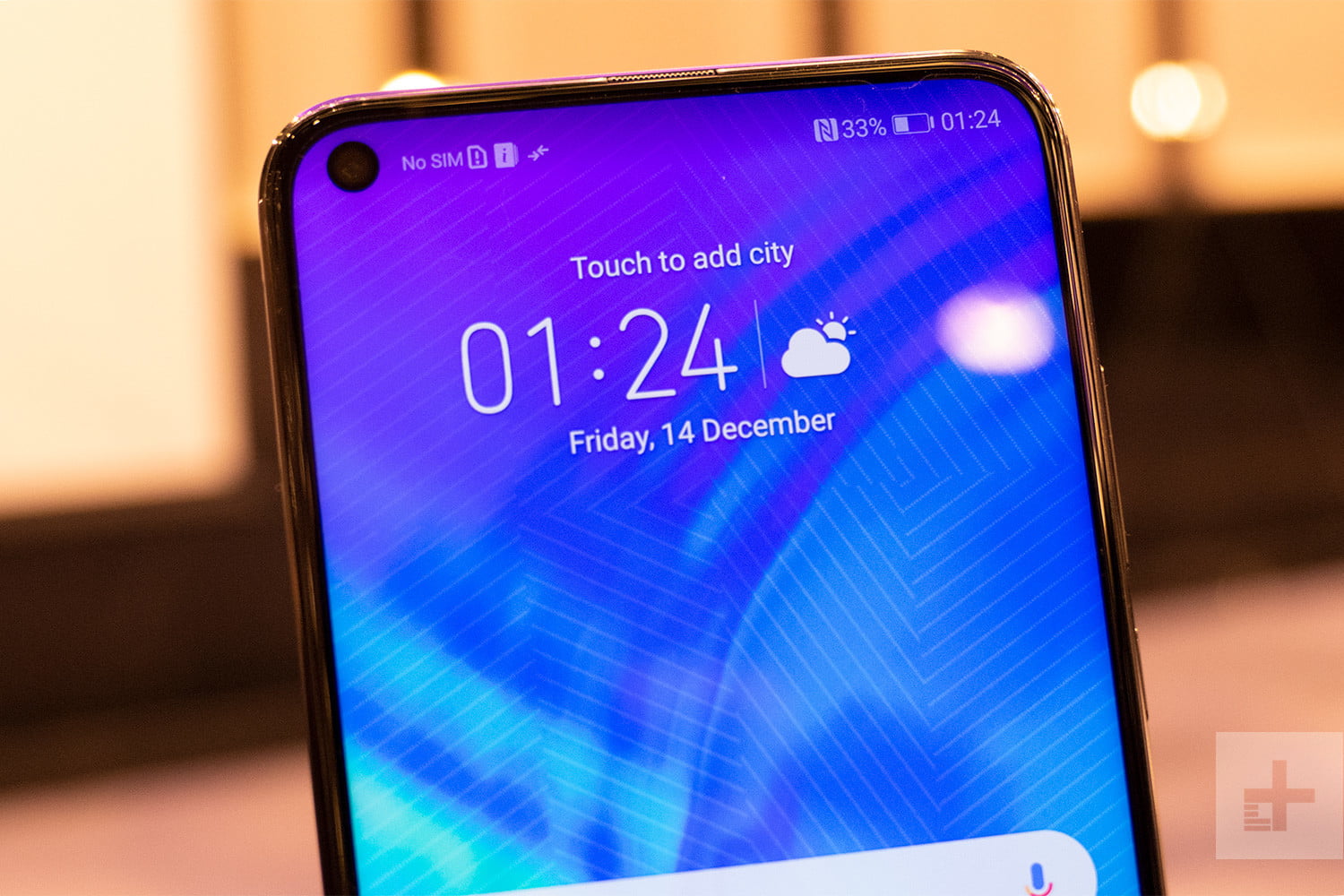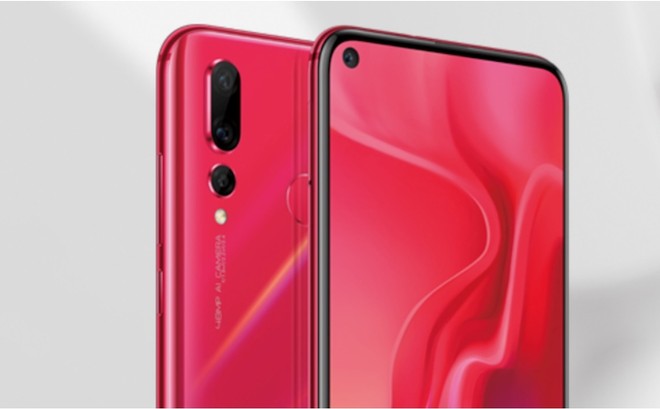Notches: Brief History
The history of notches on modern-day smartphones traces back to the Q2 2017 when Essential announced its first flagship, the Essential Phone PH-1 in May 2017. About a month after, Apple unveiled the iPhone X and further popularized the notch trend, even did it better than Essential. Months later, notches became the rave of the whole smartphone world with many industry top dogs and new entrants following in the footsteps of Apple, adding these notches to literarily all of their devices — low-end, mid-range, flagships, you name it. Ideally, the rationale behind the introduction and existence of notches is to maximize the amount of display real-estate available to users on their smartphones while still having the selfie cameras, earpiece or call speaker, as well as other smartphone sensors in their regular position. The notch worked for a while but manufacturers thought they could do more. That they could, perhaps, further shrink the notch. And they successfully did. But the more they shrank the notch, the closer they moved the design innovation to its death.
How the Notch died before it got to the chance to live long
While a lot of brands were busy cloning the notches on their devices to look like the iPhone X’s, some manufacturers got creative. Vivo and other Chinese OEMs moved away from the cliché iPhone X-esque rectangular notches and released a number of flagships with “water-drop” notch (also called “dewdrop” notches). Smartphone users loved the water-drop notch as it gave even more screen space to play with. However, water-drop notches didn’t last too long either before manufacturers (like Xiaomi and Vivo) introduced magnetic pop-up sliders that even hid the front-facing camera better. That was the first time the notch died. Samsung’s announcement of how it intends to go about implementing the “notch trend” on its 2019 flagships also gave a hint that the notch could be dying soon. The manifestation, however, came early as Samsung’s new Galaxy A8s launched with a “punch hole” in the display. Aimed at replacing notches replacing display notches and eliminating the need for pop-up sliders, the punch hole design put the front-facing camera in a tiny hole that’s almost unnoticeable. Huawei is another brand that has jumped on the punch hole design with the Honor View 20 (V20) and the Nova 4.
Is the Punch Hole any better?
Honestly, in a bid to achieve a true full-view display, the hole-punch (yes, it’s also called that) is the closest and best OEMs have come. Pop-up sliders are good too but they sort of add a bit of bulk to smartphones. The possibility of a mechanical failure and damage, loss of water and dust resistance, increased power consumption needed to power the sliders etc. also makes it a no-no. The punch hole on the Samsung Galaxy A8s measures 6mm while the Honor View 20’s is smaller at 4.5mm, just about the size of your phone’s headphone jack. If truly history repeats itself, we should expect the punch hole to get even smaller in the coming months, or years maybe. So yes, the punch hole design is better than notches. Some people think otherwise though; opining that the punch hole innovation is just as bad as the notch. However, like it or not, see it as a good innovation or not, 2019 is going to birth a lot of smartphones with a black dot (read: punch hole) on their displays. The hole-punch innovation has already cemented its place in 2019 as one of the craze that’d rock smartphone ecosystem. But what will this new design cost users?
Punch Hole/ Hole Punch Design: Downsides
First of it all, with the punch hole design, smartphones are about to get pricier! OEMs are about to take even more of our money. The advent of notches gave OEMs an ‘excuse’ to increase smartphone prices. The case may not be different for phones with punch hole designs when they officially go on sale in 2019. Currently, the only three devices (Galaxy A8s, Huawei Nova 4 & Honor V20) with punch hole integrated into their displays all start at about $500 and move upwards based on storage configuration. Secondly, interference with selfie image quality is another downside. Unlike notches, punch holes are still surrounded by a part of the display. Tapping or scrolling your finger(s) anywhere around the camera will leave the lens smeared which, obviously, would take a toll on the quality of resulting image. Consumers digged the notch, a lot. It was a unique innovation so it’s totally understandable. However, the notch seems to be dying as the future is looking really bright for punch hole designs. Lenovo, Samsung, Huawei, and Motorola are some OEMs that have announced at least a punch hole device scheduled for release in 2019. Not that the punch hole design is perfect but it sure is more exciting and does bezel-reduction better. Yes, Punch hole will kill notches but that doesn’t make it perfect either. We have identified some flaws above and come 2019 when more smartphones rocking the design are launched, I’m pretty sure we would get to see more of its shortcomings.





